Huge amounts of food are wasted in Finland. According to an estimate by Agrifood Research Finland, for every Finn just under 400 kilograms of food are thrown away each year. This is equivalent to over ten per cent of all food. Within the food chain – i.e. the journey taken by foodstuffs from where they are produced to where they are consumed – the biggest proportion of wastage takes place in households.
Finland is not among the worst food wasters, however. The U.S. Department of Agriculture has estimated that in the United States up to 30 or 40 per cent of food is thrown out. They calculate that the value of unused food thrown out by households and restaurants is around 390 dollars per citizen, which is more than the average monthly spending on food.
Globally, attention has started to be paid to the fact that a reduction in food waste would not only save money but could be an answer to feeding some of the two billion people around the world suffering from hunger. Huge amounts of resources, in the form of energy, land and water, are used in food production, which means that every kilogram of food that is consumed rather than thrown away is significant.
In Finland food is the third most significant consumption factor in terms of environmental impact and environmental resource use. The global consultancy group McKinsey has pointed out that reducing food waste is one of the most effective ways of promoting resource efficiency and fighting future resource shortages. But how can we really bring about a reduction in food loss, especially in households, canteens and other places at the top end of the food chain?
Change often starts with small streams – ideas people have while out jogging or just before falling asleep. Sitra wants to promote a culture of experimentation, which can also be applied to efforts to reduce food waste. In spring 2013 Sitra asked for ideas for improving regional resource efficiency in Jyväskylä. Practical resource-wise trials would be conducted, aimed at reducing the use of natural resources and cut emissions, while also increasing well-being in the region. The ideas had to be linked to food, waste, energy, travel or water. We received more than 200 suggestions, many of which were related to reducing food waste. Some of them concerned hiring chefs to cook food from items discarded by shops, organising “freegan” dinner events and cooking contests, and distributing leftovers from schools, day-care centres and service centres to locals.
The suggestion that was chosen for a trial related to reducing food wasted in collaboration with the catering company Kylän Kattaus, which caters for Jyväskylä’s municipal bodies. For two weeks the city tested the idea of inviting locals to come and eat any leftovers that were available from the Keljo Service Centre and Vaajakumpu School. For the leftover lunch the diners paid one euro, which covered the cost of bread, spread and a drink – while the meal itself was free.
Previously, unused food had been disposed of as organic waste. The trial was a success, especially at Vaajakumpu: pensioners, families with children and other sporadic diners came regularly to enjoy the leftovers, which meant that less food was thrown away. Both the staff at the school and the local customers were satisfied. According to a report by the Finnish Environment Institute (SYKE), the food waste trial reduced greenhouse emissions and resource consumption by up to 90 per cent. As an added bonus, it gave the diners an opportunity to socialise.
The school took up the leftover lunch concept permanently. By the beginning of this year, the trial had spread to two other schools in Jyväskylä, as well as institutions in Rovaniemi, Imatra and Karstula, and similar suggestions had been made around Finland.
Just in Jyväskylä it has been calculated that if all the schools and service centres in the town took up the practices, it would save 50,000 meals from being thrown away each year. If the model spread to the whole of Finland, the saving would be equivalent to two million meals. The leftover lunch trial in Jyväskylä proves that even ideas that seem small at the start can have a significant impact if widely implemented. And our search for suggestions proved that people have a wealth of ideas related to reducing food waste, as well as the will to put them into practice. Only the sky is the limit.
This article was published in Uusiouutiset issue 2/2014.
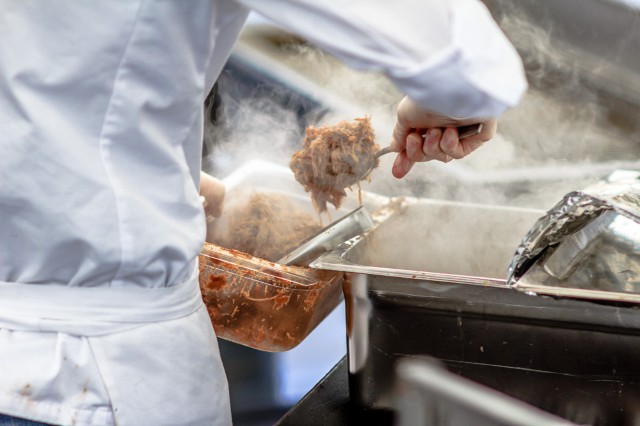
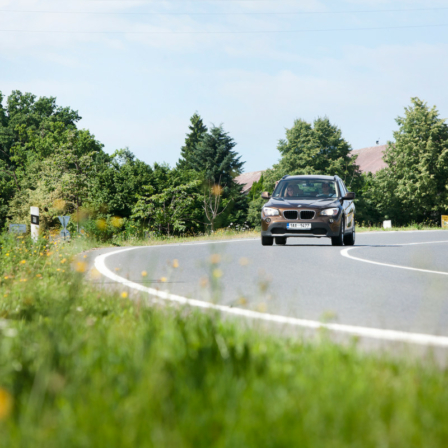
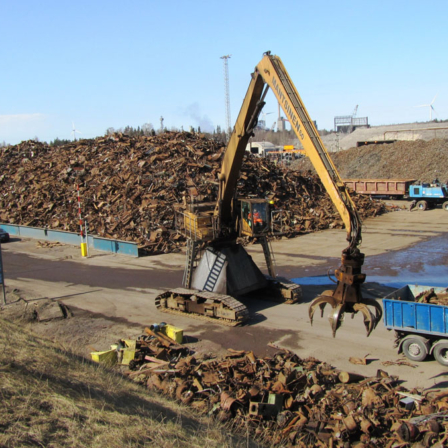
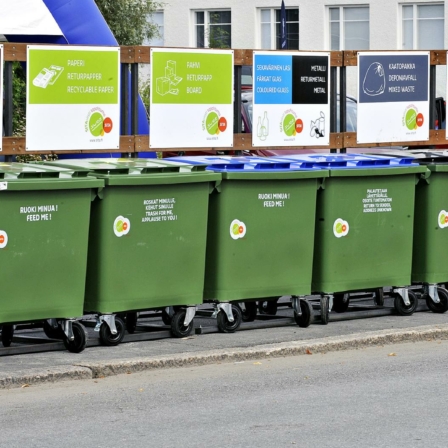

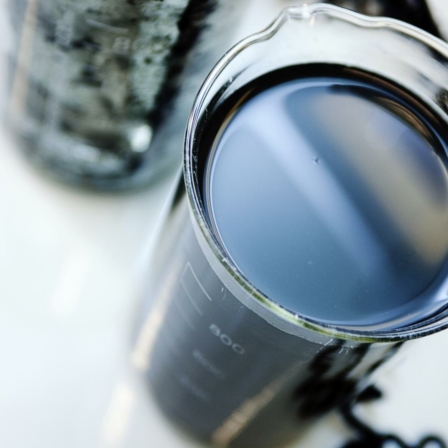
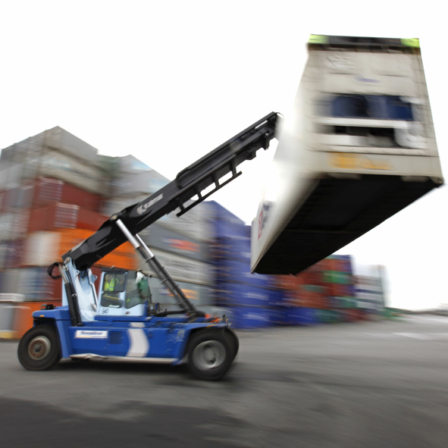
Recommended